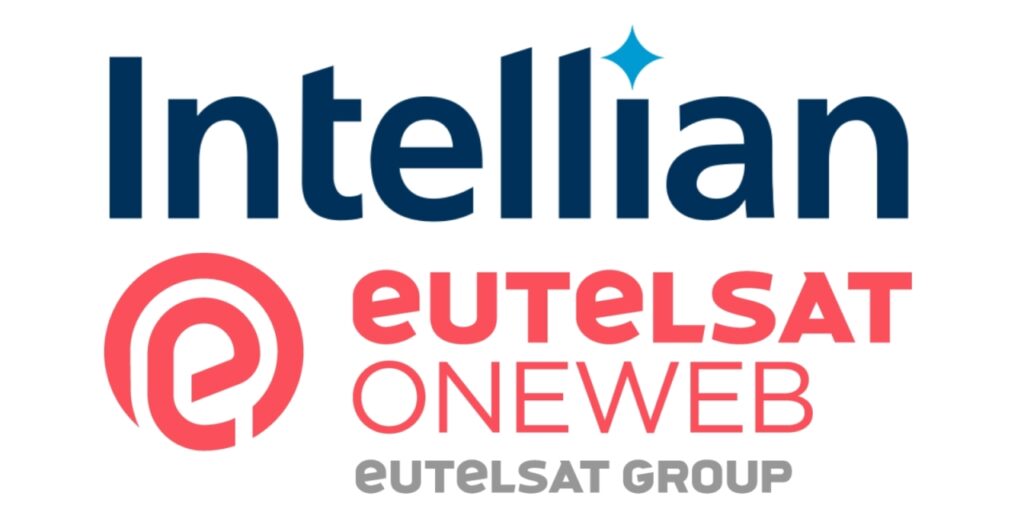Scientists at the Institute of Nano Science and Technology (INST), Mohali, an autonomous institute of the Department of Science and Technology, have shown that combining heat-based treatment with ultra-small magnetic nanoparticles (MDs) can help reduce chemotherapy doses and avert its side effects. The team used MDs along with heat shock protein 90 inhibitors (HSP90i) at sub-optimal doses for effective magnetic hyperthermia-based cancer therapy – combined magnetic hyperthermia and chemotherapy (MHCT).
In rat models, the combination resulted in maximum glioma cell death. Within 8 days, tumor inhibition rates at the primary and secondary tumor sites reached 65 percent and 53 percent, respectively, showed the study published in the journal ACS Nano. The team said that as cancer rates are rising worldwide, the need for new treatment methods is critical.
The team said this new method is less invasive and causes fewer side effects. It also reduced the amount of chemotherapy required, making the treatment safer and more effective. On the other hand, chemotherapy and surgery are conventional treatments that come with various limitations ranging from drug resistance to severe side effects.
The research team investigated the role of HSP90 – a gene that increases in response to heat stress. By inhibiting HSP90 using the drug 17-DMAG, they aimed to reduce the ability of cells to repair heat-induced damage, thereby increasing tumour cell death. “Extensive global research is needed to realise the clinical application of the new therapy, potentially developing an adjuvant or alternative cancer therapy,” the team said.
A major benefit of this innovative therapy lies in its ability to stimulate the immune system, which enhances the body's natural defense against cancer. Furthermore, by overcoming drug resistance, a common challenge in cancer treatment, this approach offers a new frontier in fighting this formidable disease.





